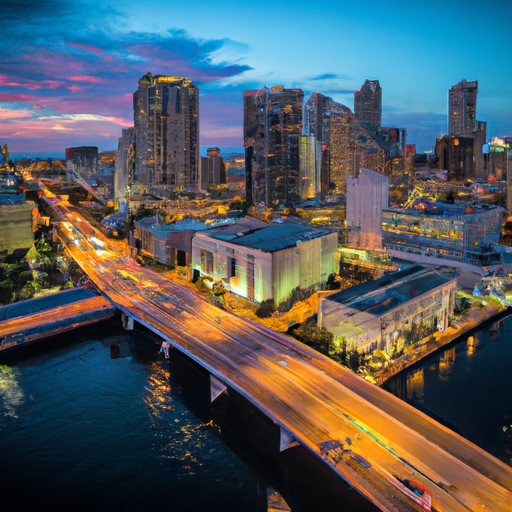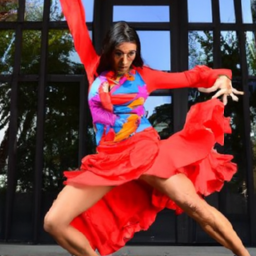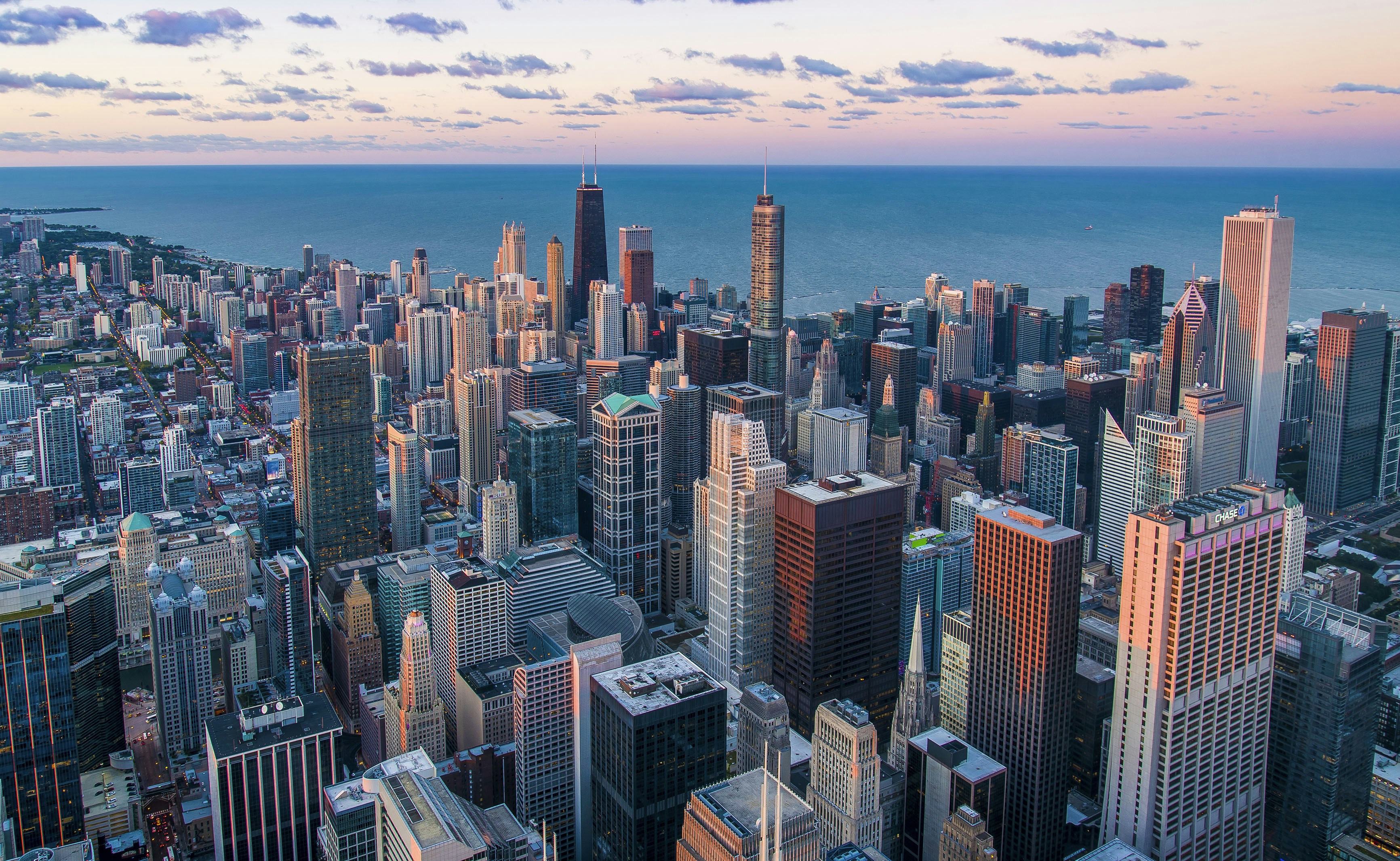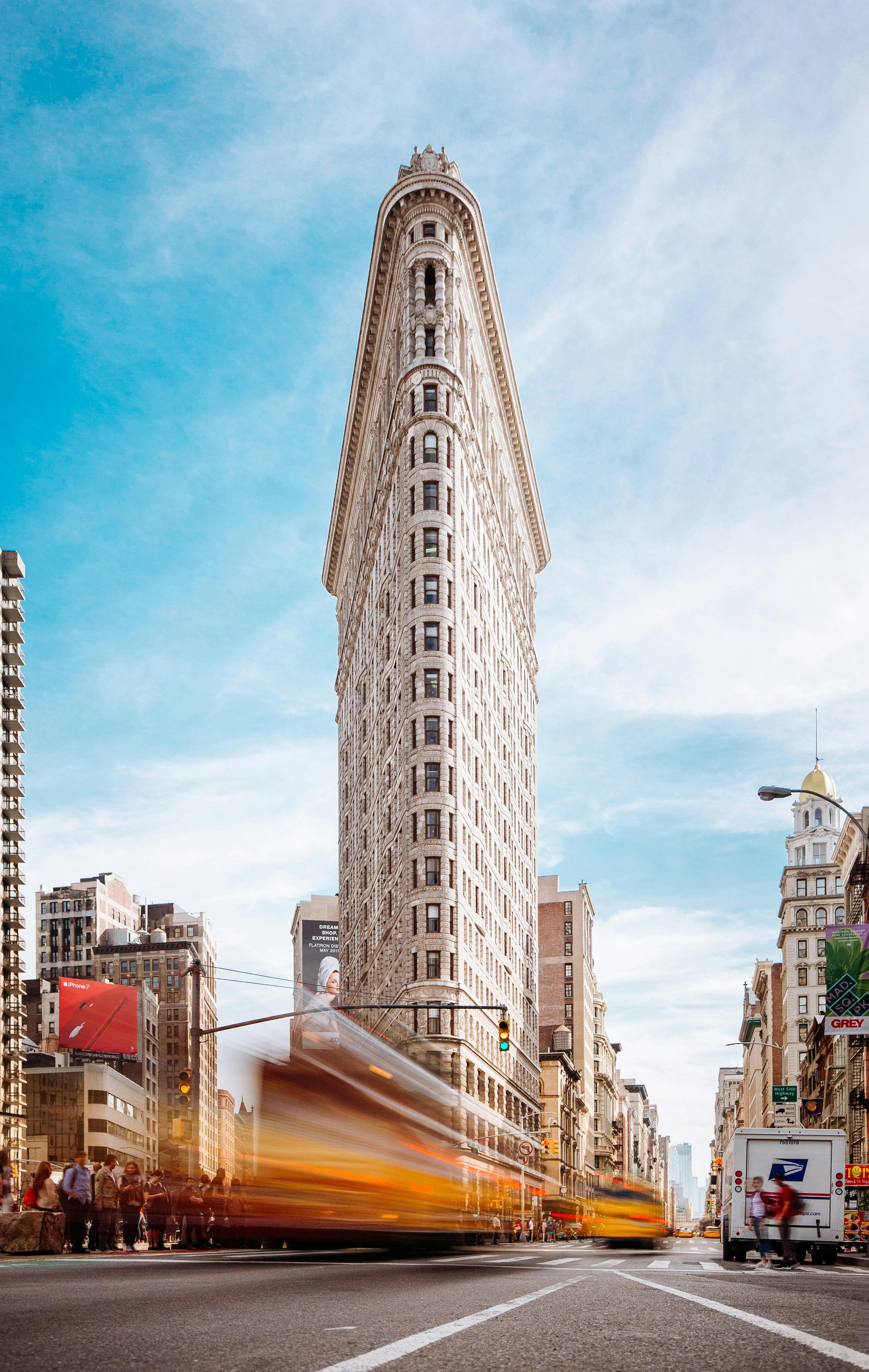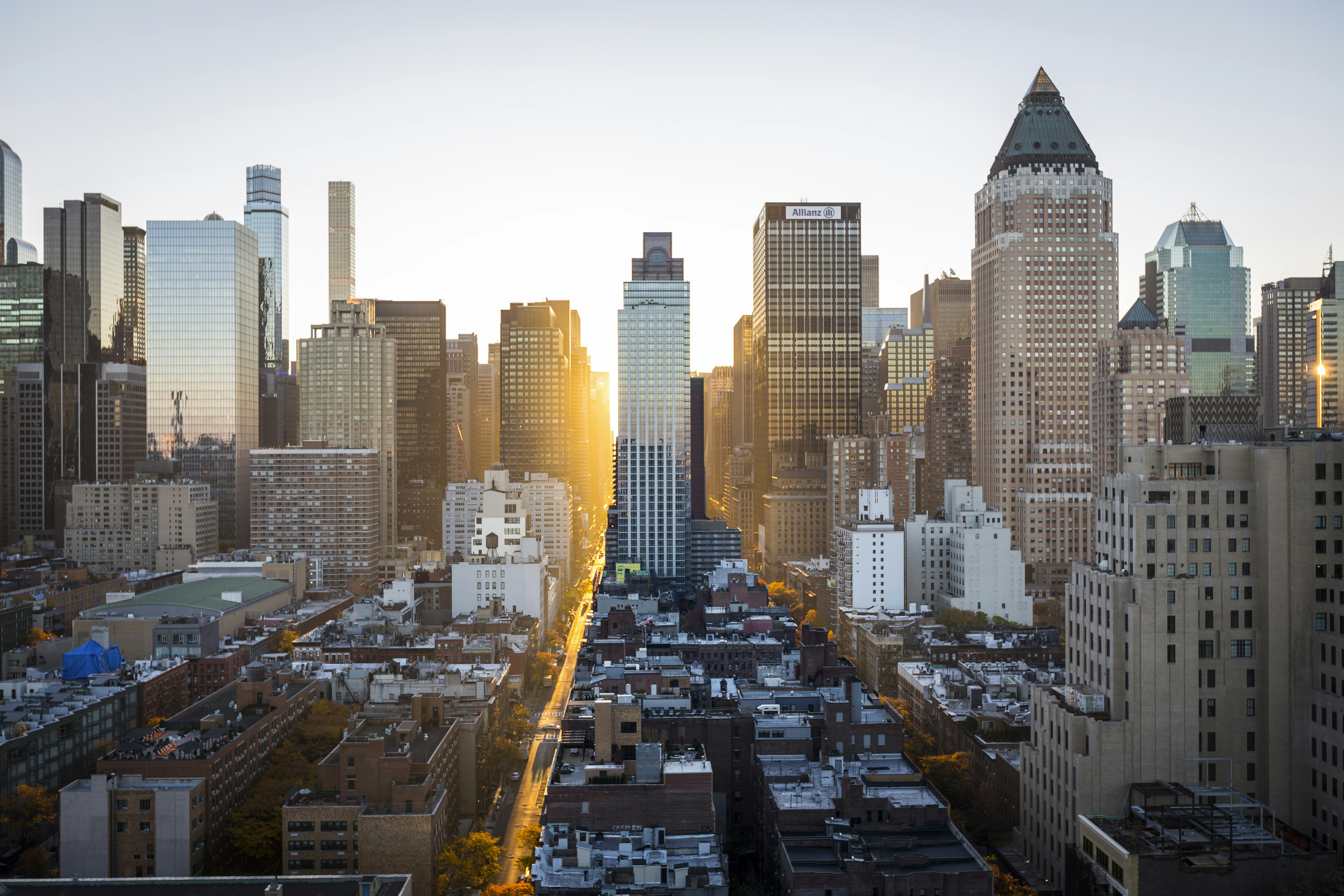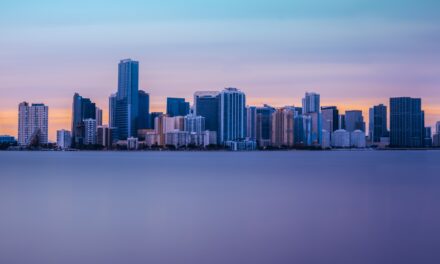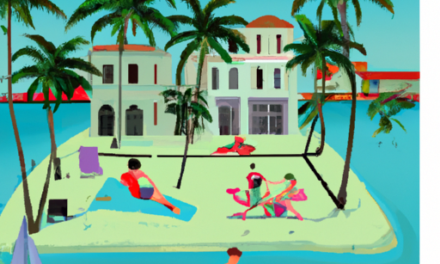In this article, we will explore the unique and diverse cultural landscape of Miami. From its vibrant Latin American influences to its thriving art and music scene, we will delve into the rich tapestry that makes up the cultural fabric of this dynamic city. You will learn about the prominent role of Cuban, Haitian, and Caribbean cultures, as well as how Miami embraces its multicultural identity. So, join us as we embark on a journey to discover the dominant culture in Miami and all the fascinating elements that contribute to its vibrant cultural mosaic.
Overview of Miami’s Cultural Diversity
Miami is a vibrant and diverse city known for its multicultural atmosphere and rich cultural heritage. With a history deeply rooted in immigration, the city has become a melting pot of various ethnic groups, each contributing to the unique tapestry of Miami’s cultural identity.
Historical Background
To understand the dominant culture in Miami, it is essential to delve into its historical background. Miami’s transformation into a multicultural hub can be attributed to its geographical location as a gateway between North and South America. Throughout history, waves of immigrants from all over the world have sought refuge or opportunities in Miami, shaping the city’s cultural landscape.
Immigrant Communities
Miami is home to a multitude of immigrant communities, each bringing their own traditions, languages, and customs. These communities have not only preserved their cultural heritage but have also introduced a distinct flavor to the city’s overall culture.
Multicultural Influences
Miami’s dominant culture is a fusion of various multicultural influences. You can experience the vibrant sights, sounds, and flavors from Latin America, the Caribbean, Europe, Asia, and even indigenous cultures. This multiculturalism is evident in the city’s diverse neighborhoods, events, and celebrations.
Latin American Influence
One of the most significant cultural influences in Miami comes from Latin America. As a city situated in close proximity to many Latin American countries, it has attracted a substantial population from these regions.
Cuban Influence
The Cuban community has had a profound impact on Miami’s cultural identity. The Cuban Revolution in the 1950s led to the migration of thousands of Cubans to Miami, creating what is now known as “Little Havana.” This neighborhood is emblematic of Cuban culture, with its vibrant street life, music, and culinary traditions. Cuban coffee, salsa music, and the iconic Calle Ocho (8th Street) are all integral parts of Miami’s cultural fabric.
Puerto Rican Influence
Another influential group in Miami is the Puerto Rican community. Puerto Ricans have brought their rich heritage and vibrant traditions to the city, adding to its cultural diversity. The annual “Puerto Rican Day Parade” and Puerto Rican cuisine are just a few examples of the lasting impact this community has had on Miami’s cultural scene.
Dominican Influence
Miami is also home to a thriving Dominican community. Dominicans have made significant contributions to the city’s arts, music, and culinary traditions. The flavors of Dominican cuisine, such as mangú and sancocho, can be savored in many restaurants throughout Miami.
Other Latin American Countries
In addition to the aforementioned communities, Miami embraces immigrants from various other Latin American countries, including Venezuela, Colombia, Brazil, and Argentina. Each group brings its own unique cultural elements, adding to the overall fabric of Miami’s multicultural society.
Caribbean Influence
Miami’s proximity to the Caribbean has had a profound impact on its dominant culture. The city is host to a diverse range of Caribbean influences that have shaped its identity.
Jamaican Influence
The Jamaican community in Miami has played a significant role in shaping the city’s cultural diversity. Jamaican music, such as reggae and dancehall, can be heard throughout the city, and the vibrant colors and flavors of Jamaican cuisine can be experienced in various restaurants.
Haitian Influence
Another prominent Caribbean influence comes from the Haitian community. Haitians have contributed to Miami’s cultural tapestry through their vibrant music, dance, and culinary traditions. Little Haiti, a neighborhood in Miami, is a cultural hub that showcases Haitian art, music, and cuisine.
Bahamian Influence
With its proximity to the Bahamas, Miami has also been influenced by Bahamian culture. The Bahamas’ vibrant Junkanoo festival, featuring elaborate costumes and energetic music, has become a part of Miami’s cultural celebrations. Bahamian cuisine, with its focus on seafood and tropical flavors, can also be found in Miami’s culinary scene.
Other Caribbean Islands
In addition to Jamaica, Haiti, and the Bahamas, Miami is home to communities from other Caribbean islands, including Trinidad and Tobago, Barbados, and the Dominican Republic. Each community brings its own unique cultural expressions and traditions, further enriching Miami’s multicultural society.
African American Culture
African American culture has played a vital role in shaping Miami’s identity, particularly in the areas of history, art, music, and culinary traditions.
Historical Significance
The history of African Americans in Miami dates back to the early days of the city’s development. From the influence of early pioneers and settlers to the Civil Rights Movement, the African American community has overcome adversity and made significant contributions to Miami’s cultural heritage.
Art and Music
African American art and music are integral parts of Miami’s cultural fabric. The works of renowned African American artists can be seen in galleries and museums throughout the city. Miami’s music scene is also influenced by African American artists, with genres like jazz, blues, and hip-hop resonating throughout the city.
Culinary Traditions
African American culinary traditions have left an indelible mark on Miami’s food scene. Soul food, with its hearty flavors and soulful preparations, has become a popular cuisine in the city. From barbecue ribs to fried chicken and collard greens, African American culinary traditions are celebrated and enjoyed by residents and visitors alike.
European Influence
European influence can be seen in various aspects of Miami’s cultural landscape, from architecture and art to cuisine and customs.
Spanish Influence
As the city’s colonial past suggests, Spanish influence is deeply ingrained in Miami’s culture. Spanish architecture can be seen in historic neighborhoods such as Coral Gables, while Spanish language and customs are widely prevalent. The annual Calle Ocho Festival, inspired by the vibrant street life of Havana, further showcases the city’s Spanish influence.
Italian Influence
Italian immigrants have also made their mark on Miami’s cultural fabric. The Italian community has contributed to the city’s culinary scene with authentic Italian restaurants serving homemade pasta, pizza, and gelato. Italian architecture can also be seen in areas like Coconut Grove.
German Influence
While perhaps not as prominent as other European influences, Miami has a German community that has added its own cultural contributions. Oktoberfest celebrations, German bakeries, and traditional German restaurants showcase the German influence on Miami’s cultural offerings.
Other European Countries
In addition to the Spanish, Italian, and German influences, Miami embraces immigrants from various other European countries. Communities from Greece, France, Russia, and many others have added their customs, cuisines, and traditions to the city’s cultural amalgamation.
Asian Influence
Asian influence in Miami is evident in the diverse communities that call the city home. Asian cultures bring unique traditions, languages, cuisine, and more.
Chinese Influence
The Chinese community in Miami has made significant contributions to the city’s cultural landscape. Chinese New Year celebrations, featuring vibrant dragon dances and traditional cuisine, are widely embraced in the city. Chinese-inspired architecture and authentic Chinese restaurants further add to the cultural diversity.
Filipino Influence
The Filipino community has also made its mark on Miami’s cultural heritage. The vibrant festivals and traditions of the Philippines are celebrated by the local community, showcasing their rich cultural heritage. Filipino cuisine, with its combination of sweet, sour, and savory flavors, can also be experienced in Miami.
Indian Influence
The Indian community in Miami has brought the vibrant colors, flavors, and traditions of India to the city. Diwali, the Festival of Lights, is celebrated with great enthusiasm, and Indian cuisine, including dishes like curry and samosas, can be savored in various restaurants.
Other Asian Countries
Miami’s Asian influence extends beyond China, the Philippines, and India. Communities from countries such as Japan, Thailand, Vietnam, and Korea have also contributed to the city’s multicultural society. Each community brings its own unique traditions, arts, and cuisine, enriching the fabric of Miami’s cultural landscape.
Indigenous Culture
While Miami’s multicultural influences are primarily rooted in immigration, it is essential to recognize and preserve the city’s indigenous culture and heritage.
Seminole Tribe
The Seminole Tribe, with its rich history and traditions, has a significant presence in Miami. Native American art, music, and cultural traditions are embraced and showcased in various venues throughout the city. The annual Tribal Fair and Pow Wow, held in February, is a celebration of the tribe’s heritage and cultural contributions.
Miccosukee Tribe
The Miccosukee Tribe is another indigenous community that calls Miami home. Their unique traditions and cultural practices are preserved and maintained. Visitors can explore Miccosukee Indian Village to learn more about the tribe’s history, art, and customs.
Cultural Preservation
Preserving indigenous culture is of utmost importance in Miami. Efforts are made to raise awareness and honor the heritage of the Seminole and Miccosukee tribes through educational programs, exhibitions, and cultural events. Miami recognizes the significance of indigenous culture in maintaining the city’s diversity and uniqueness.
Religious Diversity
Miami’s religious diversity reflects the multicultural makeup of the city’s population. People from all religious backgrounds can find their place in Miami’s spiritual landscape.
Christianity
Christianity, in its various denominations, is widely practiced in Miami. Churches of different faiths, from Catholicism to Protestantism, can be found throughout the city. Religious events and holidays, such as Easter and Christmas, are celebrated with great reverence.
Judaism
Miami has a thriving Jewish community, with synagogues and Jewish community centers playing a significant role in the city’s religious life. Jewish holidays and traditions, such as Hanukkah and Passover, are celebrated by the community, and Jewish delicatessens and restaurants offering traditional kosher dishes can be found across the city.
Islam
The Muslim community in Miami contributes to the city’s religious diversity. Mosques provide spiritual guidance, and Islamic cultural events and festivals, like Eid al-Fitr and Ramadan, are celebrated with great enthusiasm. Halal restaurants are also available, offering a variety of cuisines.
Other Religions
In addition to Christianity, Judaism, and Islam, Miami embraces a wide array of other religions, including Buddhism, Hinduism, and Sikhism. The city’s religious institutions and cultural centers cater to the needs of diverse communities, fostering a sense of inclusivity and respect for all religious beliefs.

Modern Miami Culture
While Miami’s cultural diversity has its roots in various historical influences, the city’s modern culture is shaped by contemporary art, design, fashion, and entertainment.
Art and Design
Miami’s famous art scene is showcased in its numerous galleries, museums, and annual events like Art Basel Miami Beach. Contemporary art installations and vibrant street art can be found throughout the city, contributing to its modern cultural landscape. Design also plays a significant role in Miami’s modern culture, with the sleek architecture and innovative urban planning attracting attention from around the world.
Fashion and Entertainment
Miami’s fashion scene is renowned for its vibrant colors, bold prints, and beach-inspired styles. The city hosts fashion weeks and events that showcase both local and international talent. Moreover, Miami is a hub for entertainment, with various music festivals, theaters, and nightlife venues catering to a diverse range of tastes.
Culinary Scene
Miami’s culinary scene reflects the city’s multicultural identity, with a fusion of flavors from around the world. From upscale fine dining establishments to hidden gem food trucks, Miami’s diverse neighborhoods offer a vast array of cuisines and culinary experiences. The city has become a gastronomic paradise, where food lovers can indulge in both traditional and innovative culinary creations.
Conclusion
So, what is the dominant culture in Miami? The answer lies in embracing the city’s multiculturalism and recognizing the significant contributions of various ethnic groups. Miami’s cultural diversity is the result of countless generations preserving their traditions, customs, and languages. The city’s dominant culture is a tapestry woven with threads from Latin America, the Caribbean, Europe, Asia, indigenous communities, and more. Miami is a testament to the power of diversity and acceptance, creating a vibrant and inclusive society that continues to evolve and inspire.
